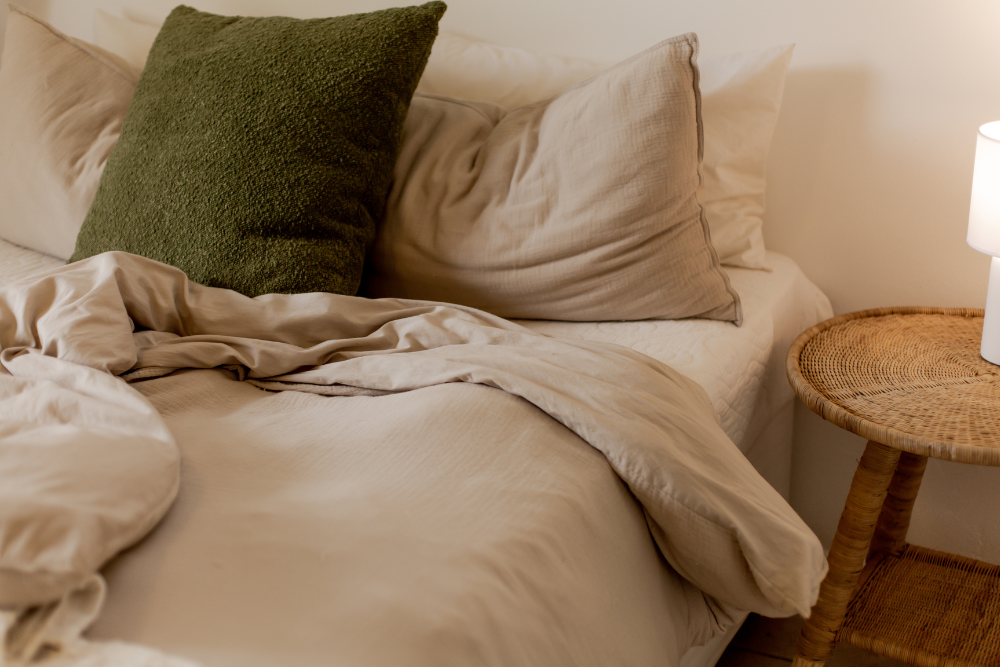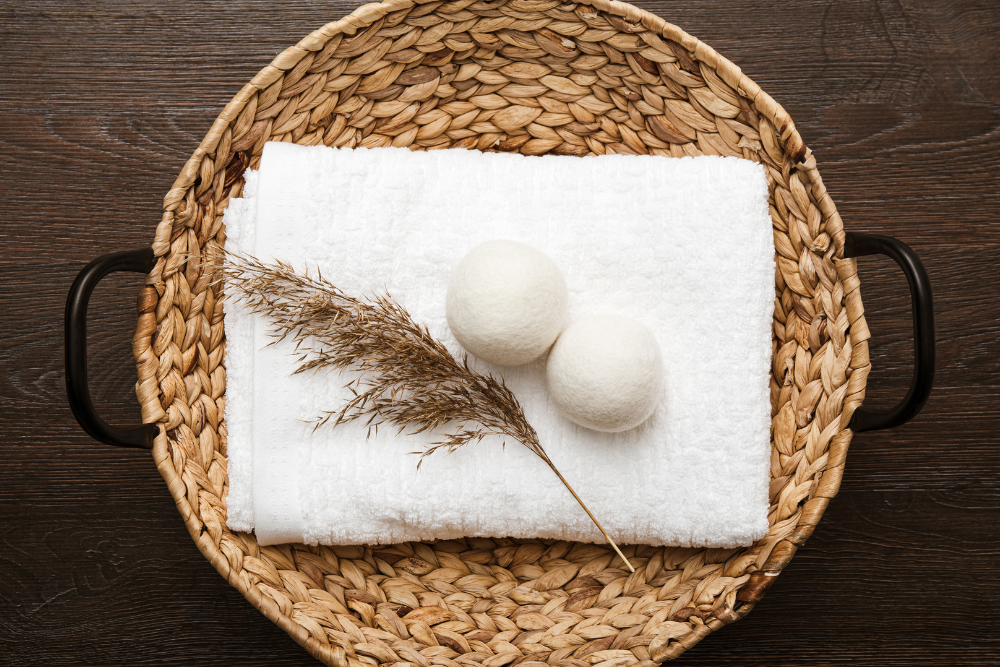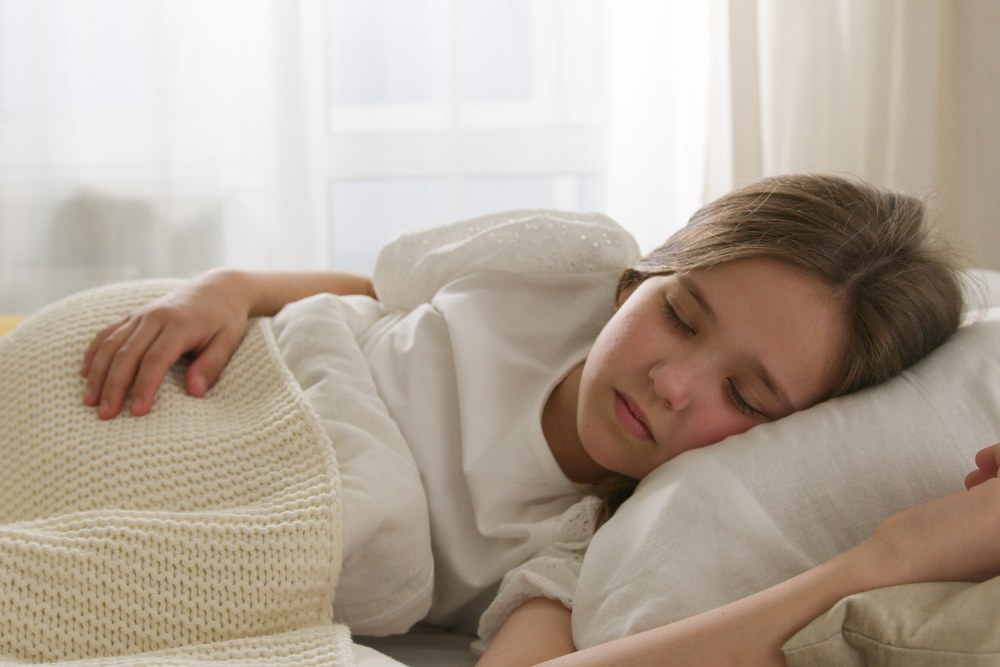Add description, images, menus and links to your mega menu
A column with no settings can be used as a spacer
Link to your collections, sales and even external links
Add up to five columns
Add description, images, menus and links to your mega menu
A column with no settings can be used as a spacer
Link to your collections, sales and even external links
Add up to five columns
10 Eco-Friendly Home Habits for 2025
marzo 10, 2025 5 lectura mínima

In an era where more of us are increasingly environmentally aware, it’s not unusual to want to make your home and daily habits as sustainable as possible.
As we continue to move through 2025, we all have the chance to make meaningful changes that create a healthier and more sustainable living environment, while reducing our carbon emissions. This doesn’t just apply to our primary homes, but any temporary or student accommodation as well.
Whether it’s conserving more of the resources we use, minimizing the amount of waste we generate, or preserving our vital ecosystems, there are numerous ways to promote the well-being of ourselves and the planet we call home. With that in mind, let’s explore 10 ways to live a more eco-friendly lifestyle at home in 2025!

10 Eco-Friendly Habits for a Greener Home
1. Rethinking Waste Management
Waste management doesn’t have to stop at recycling properly and following local guidelines for the suitable sorting and disposal of materials. While this is a fantastic action to take, mistakes can still happen with batches being sent to landfills.
Go a step further and donate any usable items to charity or reuse programs, reduce your overall consumption of single-use plastic, and favor either recyclable or no packaging options. Embrace a sustainable consumer mindset and, when you are decluttering your home, dispose of the items in a way that benefits you and the environment!
2. Conserving Water at Home
Water can be taken for granted sometimes, but it’s important to conserve this precious resource! There are many ways to implement water-saving strategies throughout your home. This could be in the form of low-flow showerheads and faucet aerators, or collecting rainwater for backyard irrigation. Switching to more water-efficient appliances is another great way to decrease your water consumption.
Track your water usage using your water bill to experiment and find out what is accounting for your water usage, and how to minimize it. Keep an eye out for spikes in usage to find leaks, and take care to fix them as soon as possible.
3. Creating a Zero-Waste Kitchen
We all spend a large portion of our time in our kitchens, and thankfully there are ways to make it inherently more sustainable. This can come in the form of:
-
Composting food scraps
-
Meal planning more efficiently so food doesn’t go to waste
-
Buying bulk ingredients to minimize packaging
-
Using reusable containers and biodegradable kitchenware, both excellent alternatives to conventional single-use plastics

4. Investing in Natural Bedding for Pure (and Eco-Friendly) Comfort
Your journey to an eco-friendly home begins with the space you’re likely to spend most of your time - your bedroom. Here at Holy Lamb Organics, we understand that sustainable living starts with thoughtful and conscious choices about the products you use practically every night.
Natural bedding is not only a luxury improvement you can make to your own sleep quality - it’s also a dramatically more sustainable alternative. Choose bedding made from organic cotton, ethically sourced wool, and natural materials that minimize chemical processing and support healthier farming practices.
At Holy Lamb Organics, we make beautiful textile products by hand, including comforters, pillows, mattresses, and more. Using these materials for our products provides a multitude of benefits, including reducing the environmental impact caused by traditional textile production.

5. Optimizing Home Energy Efficiency
Making home improvements is a great way to not just make our homes potentially more comfortable, but also reduce our environmental contributions.
Consider the following:
-
Switch to energy-efficient LED lighting
-
Turn off lights when not in use
-
Unplug any unused electronics
-
Use a programmable or smart thermostat
-
Seal windows and doors to prevent energy loss
-
Add extra insulation where needed
-
Install ceiling fans instead of HVAC systems if your climate allows
6. Examine Your Technology Consumption
Technology consumption has a significant environmental footprint, but with it so intertwined in our daily lives nowadays, it’s hard to know where to start. The first step is to reconsider how we buy and discard devices like phones, laptops, TVs and other electronics, and instead try to repurpose, recycle and reuse as much as possible.
Instead of purchasing new models straight away when they are launched, consider:
-
Buying certified refurbished devices rather than procuring the latest hardware
-
Selling or donating working electronics through verified online marketplaces or charitable exchange programs
-
Exploring repair options before replacing your items
-
Supporting local electronics recycling programs
E-waste is a significant environmental detriment that’s growing five times more impactful with each passing year. So this is an area in which you could make a big difference!
7. Developing a Sustainable Cleaning Routine
Opt for environmentally friendly household cleaning and personal care products. Conventional products often come in single-use plastic packaging and use harsh chemicals, while eco-friendly alternatives offer a better solution for the same results.
Use non-toxic cleaners, or products sold in more eco-friendly forms. For example, choose concentrated cleaning products that can be diluted in reusable bottles, and use reusable cotton cloths instead of disposable cleaning wipes. You can also opt for a solid dishwash block instead of bottled dish soap, or soap bars instead of liquid hand soap.
8. Adopting Sustainable Laundry Habits
Washing our clothes seems like a never-ending task, and this is also one of the areas that can quickly become one of the most unsustainable. We can minimize our environmental impact by:
-
Washing in cold water
-
Using eco-friendly detergents
-
Air drying where applicable
-
Choosing ENERGY STAR-rated washing machines
-
Repairing garments to extend their lifespan.

9. Cultivating Green Spaces Inside and Outside
Spruce up your living space with greenery and nature - whether indoors or outdoors - and you’ll find your quality of life improving! It also helps to circulate and clean the air, while producing more oxygen.
There are many ways to incorporate mindful green space into your home. Outside, you can start a small vegetable patch to grow your own produce, create a composting system, or use native plants in landscaping. You can also add indoor plants, which give your rooms a splash of color while purifying the indoor air. Consider a small indoor herb garden for easy year round production!
10. Supporting Local and Sustainable Brands
We all need to buy products from time to time. To be more mindful of the emissions and waste that can come from our shopping, we must make conscious purchasing decisions. We should strive to buy quality, long-lasting items from brands with reputable sustainability practices and transparent production processes. Where possible, support businesses that demonstrate a commitment to environmental stewardship.
Transforming Intention into Action
Each small change contributes to greater environmental preservation. Making subtle changes to our homes may seem small and insignificant in the scheme of things, but the effects can be astounding. Remember, sustainability is a journey! Start where you are, use what you have, and do what you can. Every little action counts.
Dejar un comentario
Los comentarios se aprobarán antes de mostrarse.
Ver artículo completo

Organic Luxury for Cooler Nights
octubre 14, 2025 3 lectura mínima
As the days grow shorter and the air takes on that familiar crispness, fall gently nudges us to slow down. And there’s no better way to embrace this shift than by transforming your bedroom into a sanctuary of warmth and rest.

Wool Dryer Balls: The Sustainable, Healthy Swap Your Laundry Needs
septiembre 01, 2025 3 lectura mínima
One of the simplest changes you can make toward a healthier, more sustainable home is swapping out single-use dryer sheets for long-lasting wool dryer balls. Unlike dryer sheets, which release synthetic fragrances, harsh chemicals, and microplastics with every load, wool dryer balls offer a clean, natural alternative that’s better for you, your family, and the planet.

Helping Kids Get the Sleep They Need: A Back-to-School Sleep Guide
agosto 08, 2025 4 lectura mínima
If the summer break turned your little one into a night owl, don’t worry, you’re not alone. Many parents are wondering how to guide their children back into healthy sleep routines that support their growth, learning, and overall well-being.
The good news? With a few thoughtful changes and some cozy rituals, getting your kids back on track can be gentle, natural, and even enjoyable.
Subscribe
Sign up to get the latest on sales, new releases and more …
